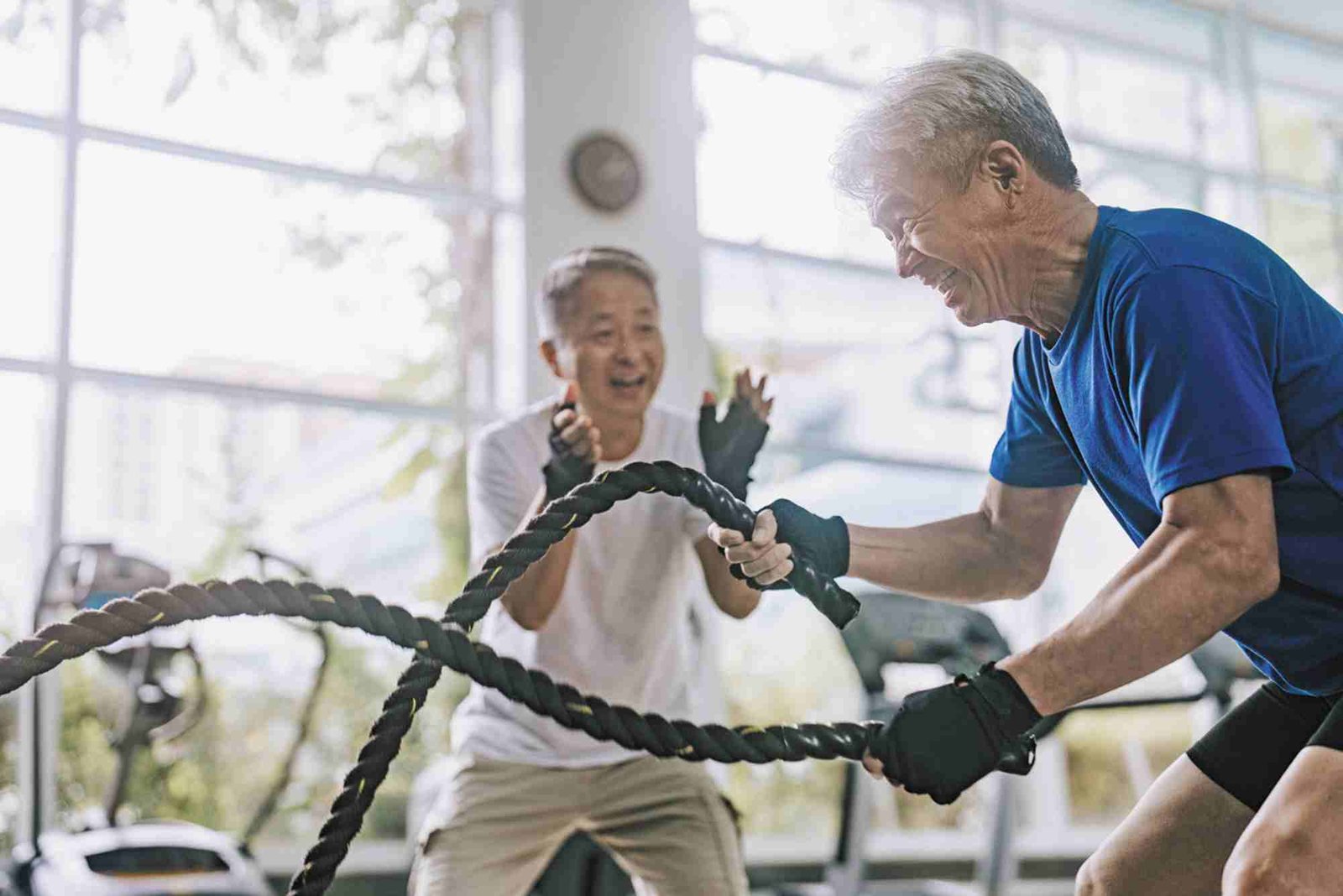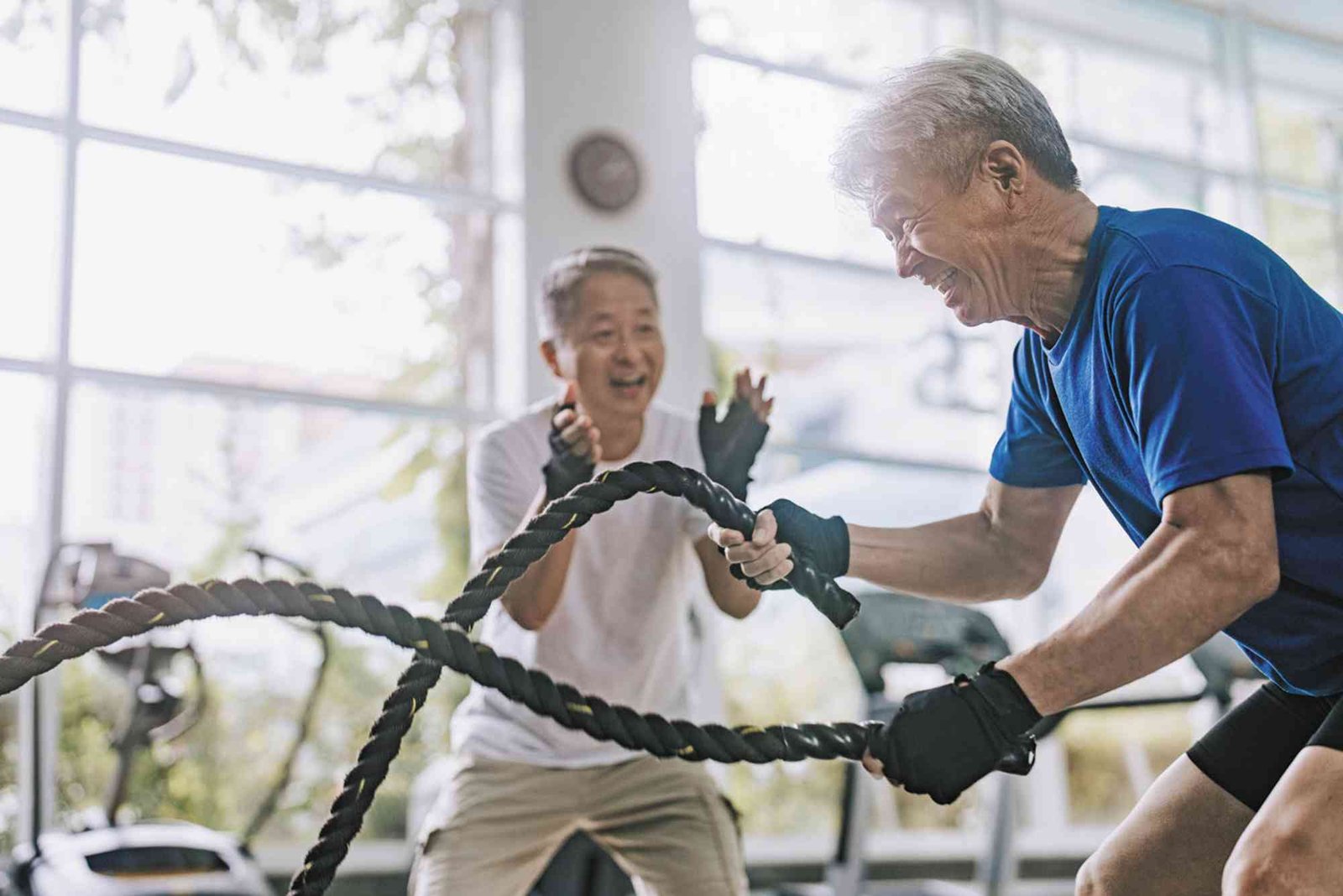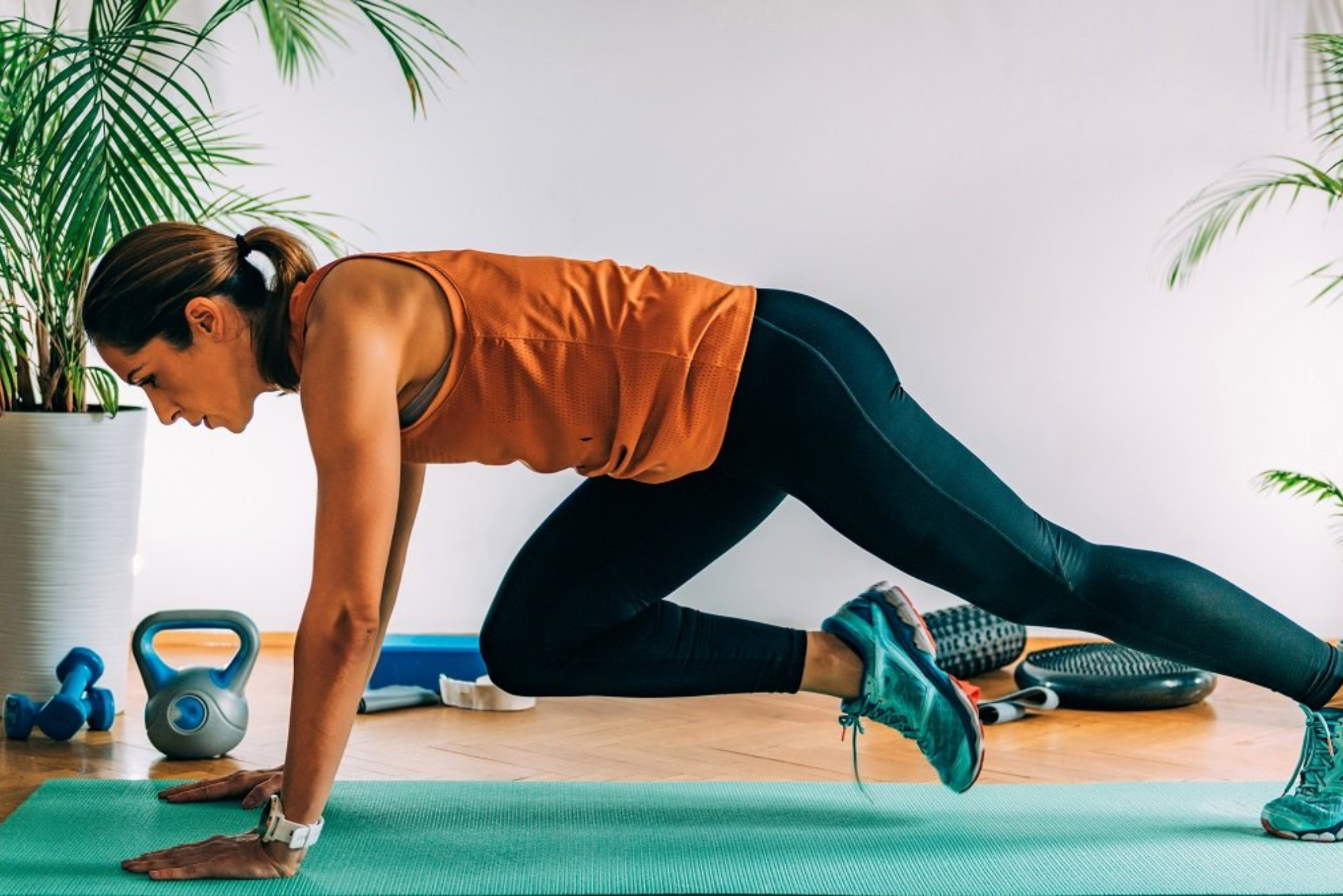Introduction
Understanding how your body reacts during workouts is key to safe and effective training. One common question beginners often ask is: “Does blood pressure increase during exercise?” The short answer is yes — and that’s perfectly normal. Knowing why it happens and how to manage it is essential for building a safe and healthy fitness routine.
This complete guide to does blood pressure increase during exercise will explain what happens inside your body, why it matters, and how you can train safely even if you’re new to exercise or managing blood pressure concerns.
Understanding Blood Pressure During Exercise
Blood pressure is the force of blood pushing against your artery walls. It’s measured in two numbers — systolic (pressure during a heartbeat) and diastolic (pressure between beats). During physical activity, both numbers can shift based on the intensity of your workout.
Why Blood Pressure Rises During Exercise
When you exercise, your muscles demand more oxygen and nutrients. To meet this demand, your heart pumps faster and harder, increasing systolic blood pressure. It’s your body’s natural way of improving blood flow.
For example, a resting systolic pressure of 120 mmHg might rise to 160 or even 180 mmHg during vigorous activity — and that’s still considered a healthy response for most people.
However, diastolic pressure should stay relatively stable. If it rises dramatically, that may signal an underlying issue.
What’s Normal vs. Abnormal Increase
A moderate rise in blood pressure is normal during exercise. The extent of the increase depends on age, fitness level, and workout type.
-
Normal response: Systolic pressure increases 20–50 mmHg.
-
Abnormal response: Diastolic pressure rises more than 10 mmHg or systolic exceeds 200 mmHg.
If your readings exceed these levels or if you experience dizziness, chest pain, or shortness of breath, stop exercising and consult a doctor.
How Exercise Affects Long-Term Blood Pressure
While blood pressure rises temporarily during workouts, consistent exercise helps lower it over time. Regular aerobic activity improves heart strength, reduces arterial stiffness, and enhances circulation efficiency.
After a few months of consistent workouts, many people see a drop of 5–10 mmHg in resting blood pressure levels. That’s a significant health benefit for those managing hypertension or cardiovascular risks.
The Best Exercises for Beginners
If you’re just starting out, the goal is to find safe, sustainable activities that condition your cardiovascular system without overwhelming it.
Aerobic Exercises
These are ideal for heart health and blood pressure control:
-
Brisk walking — gentle yet effective for beginners.
-
Cycling — low-impact and great for endurance.
-
Swimming — a full-body workout that’s easy on joints.
-
Dancing or aerobics — fun ways to keep your heart rate up.
Strength Training
Light to moderate resistance training is also beneficial. Focus on:
-
Bodyweight exercises like squats and push-ups.
-
Resistance bands for safe muscle strengthening.
-
Avoid holding your breath or lifting too heavy too soon.
Stretching and Flexibility
Add yoga or stretching routines to enhance blood flow and reduce tension. Controlled breathing helps maintain stable blood pressure levels.
For more foundational advice, check out this guide to does blood pressure increase during exercise for practical examples and expert insights.
Monitoring Your Blood Pressure Safely
Beginners should regularly monitor their blood pressure before and after workouts. Use a reliable home monitor to track your numbers and notice patterns over time.
Pre-Exercise Check
If your resting blood pressure is above 160/100 mmHg, consult your doctor before exercising. You may need a tailored routine or supervised activity plan.
During Exercise
Pay attention to your body’s signals:
-
Gradual increases in heart rate are expected.
-
Feeling dizzy, lightheaded, or faint indicates overexertion.
-
Always warm up and cool down properly.
Post-Exercise Recovery
Your blood pressure should gradually return to baseline after 5–10 minutes. If it remains elevated longer, reduce workout intensity next time.
The Science Behind the Blood Pressure Response
The increase in blood pressure during exercise isn’t harmful — it’s part of your body’s adaptive mechanism. Your cardiac output (the amount of blood the heart pumps per minute) rises significantly to supply working muscles. Simultaneously, your blood vessels dilate to manage increased flow, balancing overall pressure.
Over time, consistent training improves vascular flexibility, making it easier for your heart to circulate blood with less effort — which is why trained athletes often have lower resting blood pressure.
Exercise Safety for Hypertension Patients
If you have high blood pressure, exercise can still be safe and beneficial — but moderation and consistency are key. Always follow exercise safety guidelines to reduce risks.
Start with low-intensity workouts such as walking or swimming. Avoid sudden bursts of high-intensity activity until your body adjusts. Monitor how you feel throughout each session, and consult your physician before starting a new routine.
Common Mistakes Beginners Make
Many beginners underestimate how quickly exercise affects blood pressure. Avoid these pitfalls:
-
Skipping warm-ups: This causes sudden spikes in heart rate and pressure.
-
Holding your breath: Known as the Valsalva maneuver, it can dangerously elevate pressure.
-
Ignoring rest days: Recovery time is essential for healthy adaptation.
-
Overtraining too soon: Gradual progress is safer and more effective.
Remember, fitness is a journey. Your body needs time to adjust and strengthen safely.
How to Build a Balanced Routine
Aim for 150 minutes of moderate aerobic activity per week, as recommended by global health authorities. Break it into manageable sessions — 30 minutes, five days a week. Combine with two days of strength training for optimal cardiovascular and muscular health.
Incorporate gentle recovery days, prioritize hydration, and ensure proper nutrition to support energy and cardiovascular function. These habits help maintain steady blood pressure responses during and after workouts.
For additional beginner-friendly routines, explore sports & fitness basics for structured exercise ideas and guidance.
Long-Term Benefits of Exercising with Blood Pressure Awareness
When managed properly, exercise offers powerful long-term advantages:
-
Lower resting blood pressure
-
Improved circulation and heart efficiency
-
Reduced risk of heart disease and stroke
-
Enhanced mood and stress control
-
Greater stamina and overall well-being
These benefits accumulate gradually, so stay consistent and listen to your body.
FAQs
Does blood pressure increase during exercise?
Yes. It’s a normal physiological response as your heart works harder to pump oxygen-rich blood to muscles.
How much does blood pressure increase during exercise?
Systolic pressure typically rises 20–50 mmHg during moderate to intense activity, while diastolic pressure stays about the same.
Is it safe to exercise with high blood pressure?
Generally yes, but you should consult your doctor first. Start with low-impact workouts and progress gradually.
Why does my blood pressure stay high after exercising?
This may happen if your body is dehydrated, overheated, or not cooling down properly. Try a slower recovery phase and adequate hydration.
What type of exercise lowers blood pressure the most?
Aerobic activities such as brisk walking, cycling, and swimming are most effective in lowering resting blood pressure over time.
How can I safely track my blood pressure while exercising?
Use a validated blood pressure monitor before and after workouts, and note trends rather than isolated readings.
For beginners, understanding how blood pressure increases during exercise is crucial to training safely and effectively. A temporary rise is natural and beneficial — it strengthens your heart and improves circulation. The key is monitoring your responses, pacing your workouts, and following proven exercise safety guidelines to prevent complications.
Start slow, stay consistent, and build confidence with every session. Over time, you’ll not only manage your blood pressure better but also enjoy improved health, energy, and longevity.




